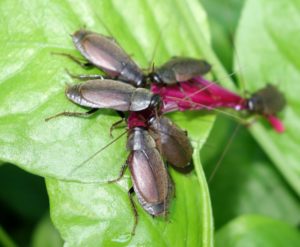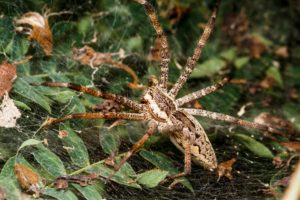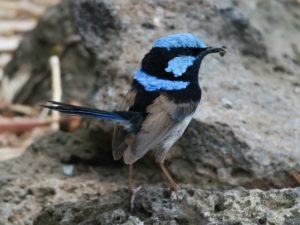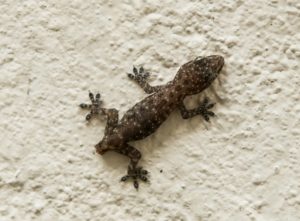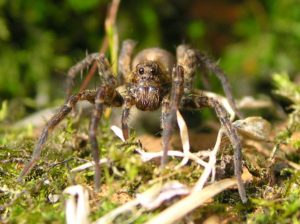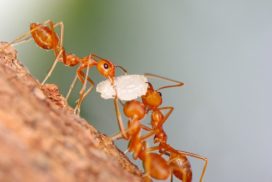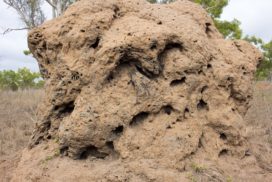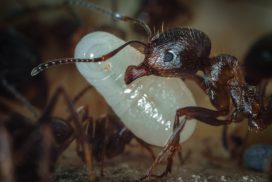WHEN ANTS LEAVE THEIR NESTS TO LOOK FOR FOOD, HOW DO THEY FIND THEIR WAY BACK HOME?
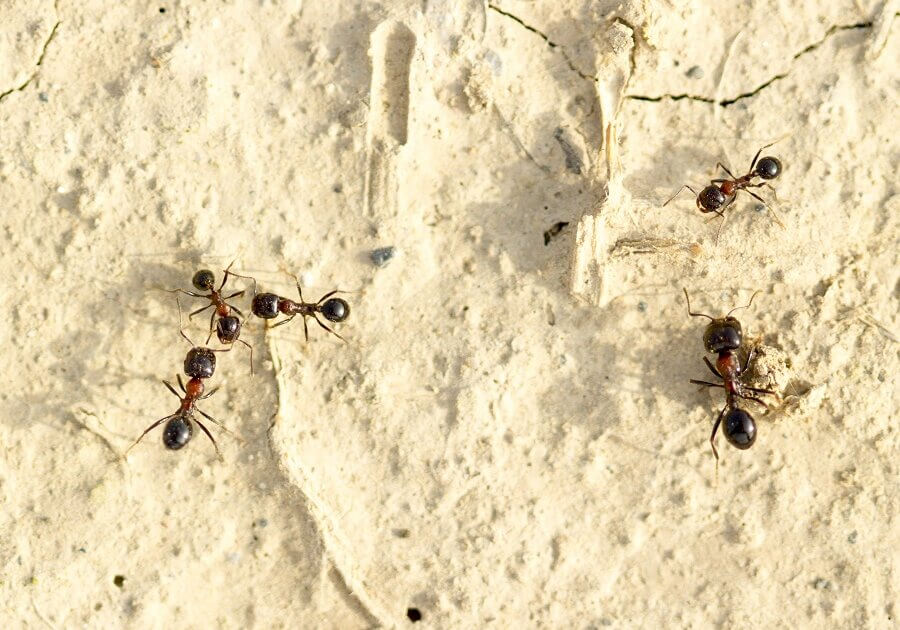
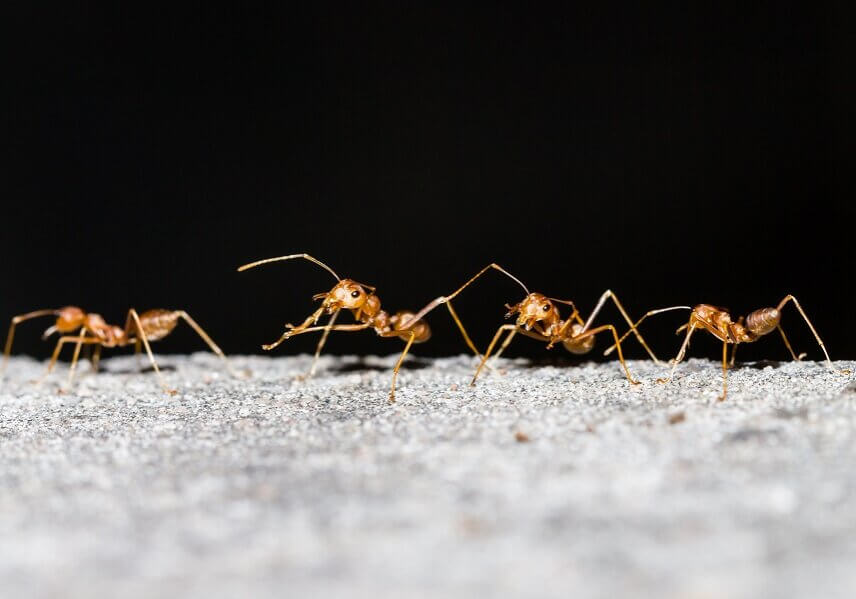
Ants walking
While some ants use scent makers, others construct trails that help them find their way back home. According to New Scientist, pharaoh ants build trails that adhere to strict geometric rules. The trails spread out in all directions and fork at 500 to 600. A returning ant takes a path that deviates least at every bend, which inevitably leads back to the nest. The geometrical network of trails helps ants to return home unerringly and not waste energy by making unnecessary journeys when they get lost.
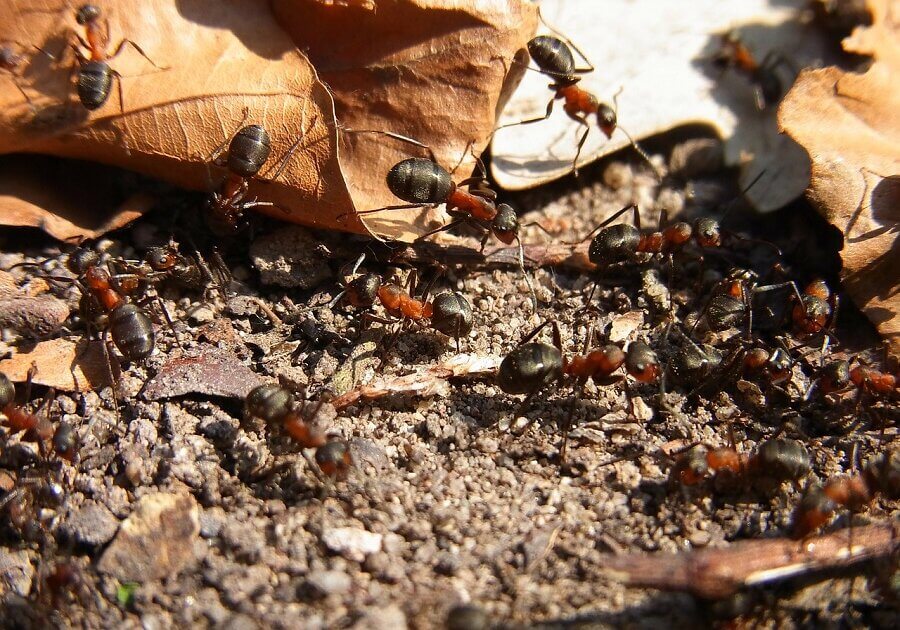
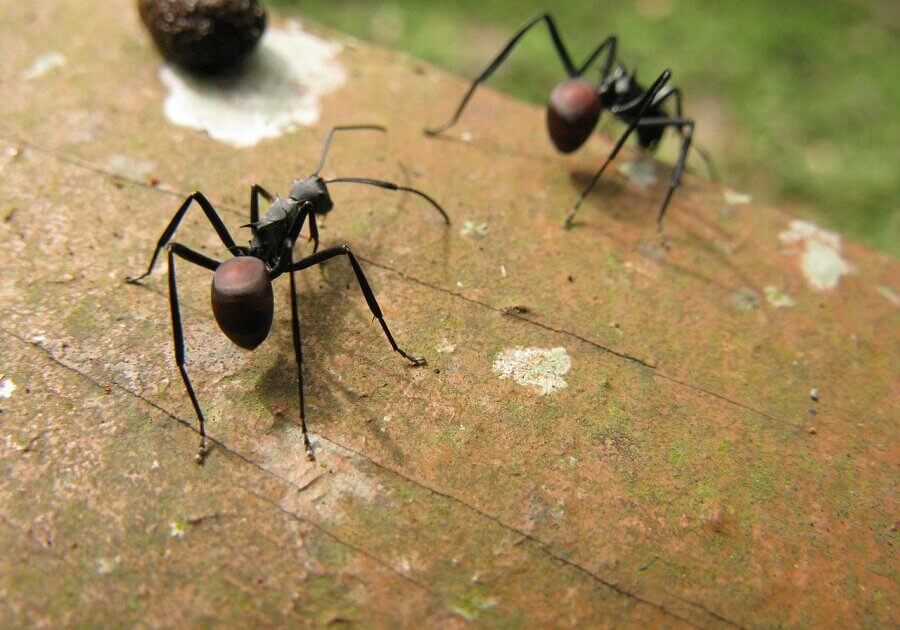
Recent posts
Join us on social media or subscribe!
Sign up to receive our articles in your inbox!
Enter your name and email address below to subscribe.
